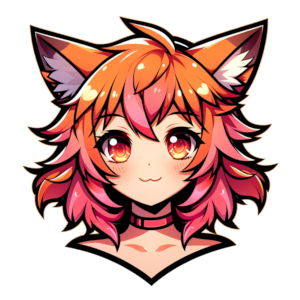Anime wallpaper vocaloid №170156
Current status set by: Nimera
Date upload: 01/14/2012 8:30 PM
Date published: 01/14/2012 10:52 PM Downloads: 223
Resolution: 1600x1200 1.33 Size: 457.34KB
Color: lightpink (190 184 182)
Artifacts degree: 33.4104
Smooth degree: 164.7367
Complex: 4.9307
Date upload: 01/14/2012 8:30 PM
Date published: 01/14/2012 10:52 PM Downloads: 223
Resolution: 1600x1200 1.33 Size: 457.34KB
Color: lightpink (190 184 182)
Artifacts degree: 33.4104
Smooth degree: 164.7367
Complex: 4.9307
(A) Similar to
About artists



